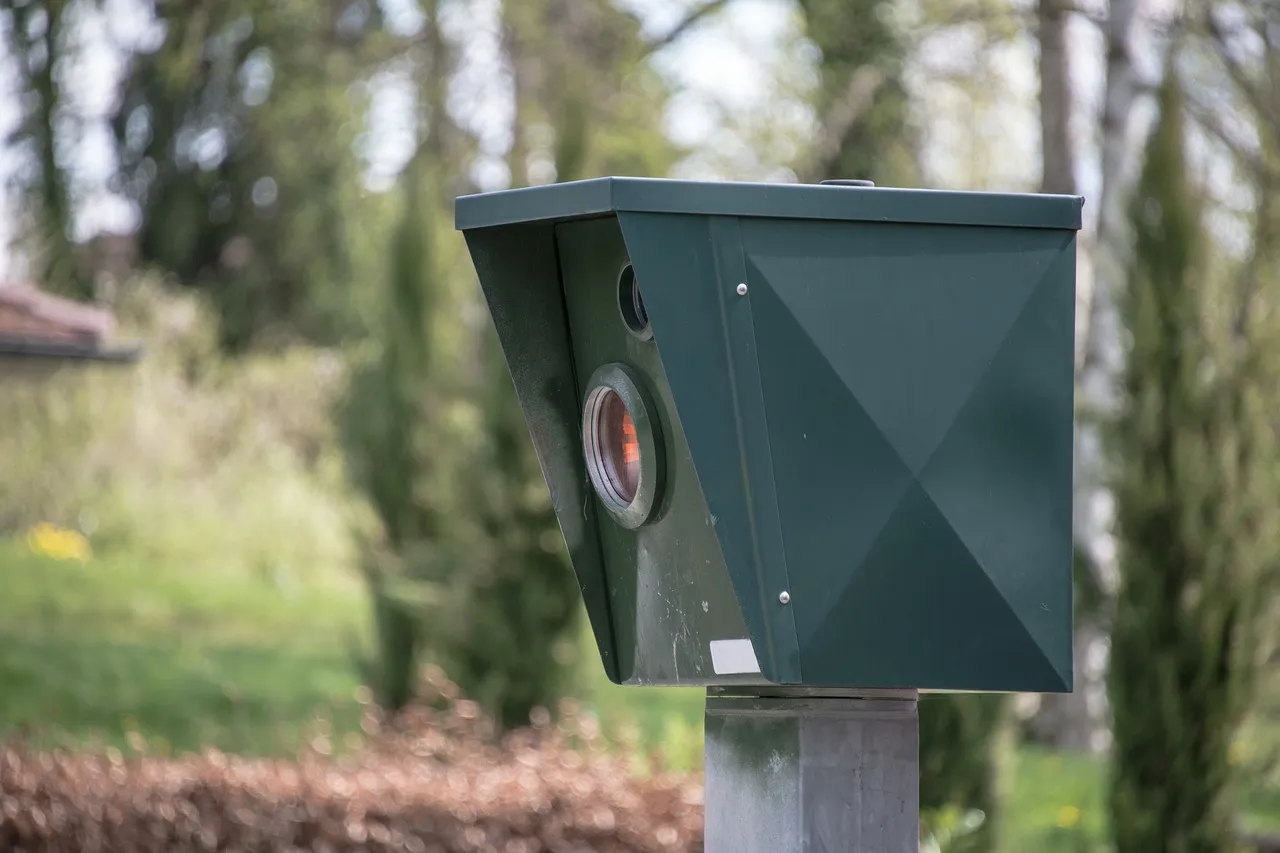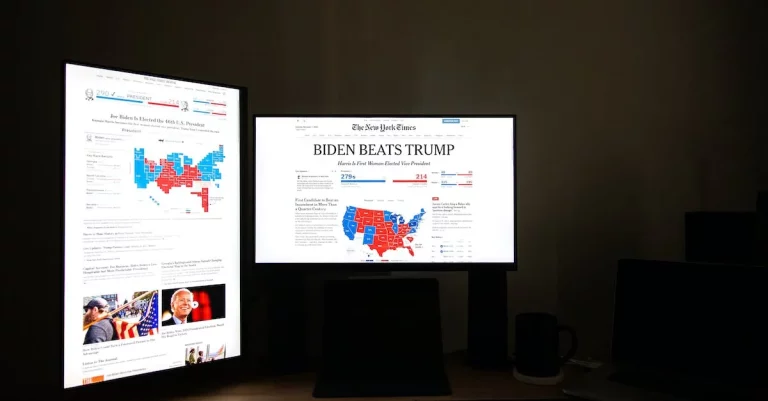Are Speed Traps Legal In Texas? A Close Look At Traffic Enforcement
Getting pulled over for speeding is never a pleasant experience. But some drivers in Texas feel they’ve been unfairly targeted by speed traps.
If you’re short on time, here’s a quick answer to your question: Yes, speed traps are legal in Texas, but there are some restrictions on their use.
In this comprehensive guide, we’ll take an in-depth look at speed trap laws in Texas. You’ll learn about the tactics police can and cannot use, where speed traps are prohibited, and what to do if you feel you’ve been wrongly cited.
By the end, you’ll understand your rights and options when it comes to speed trap enforcement throughout the Lone Star State.
Definition of a Speed Trap in Texas
Before delving into the legality of speed traps in Texas, it is essential to understand what exactly constitutes a speed trap. In simple terms, a speed trap refers to a specific area or stretch of road where law enforcement officers are more likely to enforce speed limits and issue tickets to motorists.
Speed Detection Methods
Texas law enforcement officers use various methods to detect speeding vehicles. One of the most common methods is the use of radar guns, which measure the speed of a vehicle by emitting radio waves and calculating the time it takes for the waves to bounce back.
Additionally, some officers may use laser speed detection devices, which work in a similar way but use laser beams instead of radio waves to measure speed.
It is important to note that the use of these speed detection methods is legal in Texas, as long as they are used within the guidelines set forth by the Texas Department of Public Safety (DPS). These guidelines include proper calibration and regular maintenance of the equipment to ensure accuracy.
Location-Based Traps
Speed traps in Texas are often associated with specific locations where motorists are more likely to exceed the speed limit. These locations can include residential areas, school zones, construction zones, and areas with a high incidence of accidents or speeding-related incidents.
Law enforcement officers strategically position themselves in these areas to monitor and enforce speed limits effectively. While some may argue that these location-based traps are unfair or solely intended to generate revenue, they serve a crucial purpose in promoting road safety and reducing the number of accidents caused by speeding.
Probable Cause vs Quotas
One common concern regarding speed traps is the issue of probable cause versus quotas. Probable cause refers to the legal requirement for law enforcement officers to have a reasonable belief that a person has violated the law before initiating a traffic stop or issuing a citation.
In Texas, officers must have a legitimate reason, such as observing a vehicle exceeding the speed limit or engaging in other traffic violations, to initiate a traffic stop.
However, it is essential to note that Texas law prohibits the use of quotas for traffic citations. Police departments are not allowed to set specific targets or quotas for the number of citations officers must issue.
This ensures that law enforcement officers focus on public safety rather than meeting citation quotas.
For more information on the laws and regulations surrounding speed traps in Texas, you can visit the official website of the Texas Department of Public Safety at www.dps.texas.gov.
Laws and Restrictions on Speed Traps
When it comes to traffic enforcement in Texas, the legality of speed traps is a topic that often sparks debate. Understanding the laws and restrictions surrounding speed traps can help drivers navigate the road with confidence.
Municipal Regulation
In Texas, municipalities have the authority to regulate traffic within their jurisdictions. This means they can set their own speed limits and enforce them through the use of speed traps. However, there are certain guidelines that must be followed.
According to the Texas Transportation Code, municipalities must conduct a traffic engineering study to determine the appropriate speed limit for a particular road. This study takes into consideration factors such as road conditions, traffic patterns, and the presence of pedestrians.
It is important for municipalities to adhere to these guidelines to ensure the legality of their speed traps.
State Highway Limits
Speed traps on state highways are subject to different regulations. The Texas Department of Transportation (TxDOT) sets the maximum speed limits for these highways. These limits are determined based on engineering studies and are designed to ensure the safety of drivers.
It is worth noting that TxDOT is responsible for conducting regular speed zone studies on state highways. These studies evaluate the appropriateness of the existing speed limits and may result in adjustments if necessary. This helps to maintain the integrity of speed enforcement on state highways.
Posted Speed Signs
One important aspect of speed trap legality is the presence of proper signage. According to the Texas Transportation Code, speed limits must be clearly posted and visible to drivers. These signs serve as a warning to motorists and help ensure that speed enforcement is fair and transparent.
When approaching a speed trap, it is crucial for drivers to pay attention to the posted speed signs. Ignorance of the speed limit is not a valid defense if caught speeding in a speed trap. Being aware of and adhering to the posted speed limits can help drivers avoid unnecessary fines and penalties.
Radar Detector Bans
While speed traps are legal in Texas, the use of radar detectors is restricted. Radar detectors are electronic devices that can detect the presence of radar guns used by law enforcement to measure vehicle speed.
Texas is one of the states that has banned the use of radar detectors in vehicles. The rationale behind this ban is to prevent drivers from using these devices to evade speed enforcement. It is important for drivers to be aware of this restriction and avoid using radar detectors while driving in Texas.
For more information on traffic laws and regulations in Texas, you can visit the official website of the Texas Department of Transportation at www.txdot.gov.
Fighting Perceived Speed Trap Abuse
Speed traps can be a frustrating experience for drivers, leading to hefty fines and potential points on their driving record. However, it is important to note that not all speed traps are illegal. In Texas, speed traps are legal as long as they adhere to certain guidelines and regulations set by the state.
That being said, if you believe you have been unfairly targeted or caught in a speed trap, there are steps you can take to fight against perceived abuse.
Filing Complaints
If you suspect that a speed trap is being used as a means to generate revenue rather than promote public safety, you have the right to file a complaint. The Texas Department of Transportation (TxDOT) provides a platform for individuals to report their concerns regarding speed enforcement.
By filing a complaint, you are bringing attention to the issue and encouraging authorities to investigate the matter further. Remember to provide as much information as possible, including the location, date, and time of the suspected speed trap.
Requesting Discovery
When facing a speeding ticket, it is essential to gather as much evidence as possible to build your case. One way to do this is by requesting discovery. This process allows you to obtain information related to your citation, such as calibration records for speed detection devices or maintenance records for the patrol vehicle involved in the enforcement.
By examining this evidence, you may uncover inconsistencies or potential issues that could cast doubt on the accuracy of the speed trap.
Raising a Defense in Court
If you decide to contest your speeding ticket in court, it is crucial to present a strong defense. One possible defense strategy is to challenge the legality of the speed trap itself. This can be done by questioning whether the speed limit was properly posted, if the speed measurement equipment was calibrated correctly, or if the officer had proper training in conducting speed enforcement.
Consulting with an experienced traffic attorney can greatly enhance your chances of success in raising a defense.
It is important to note that while fighting perceived speed trap abuse is possible, it is always advisable to drive within the legal speed limits and maintain safe driving practices. By doing so, you can minimize the risk of encountering speed traps and ensure the safety of yourself and others on the road.
Avoiding Speed Traps in Texas
Speed traps can be a frustrating and costly experience for drivers in Texas. However, there are several strategies and tools that can help you avoid falling into the radar of law enforcement. By being proactive and staying informed, you can navigate the roads with confidence and minimize the risk of getting caught in a speed trap.
Using Apps and GPS
One effective way to stay ahead of speed traps is by utilizing apps and GPS systems specifically designed to provide real-time updates on traffic conditions and speed enforcement areas. These apps, such as Waze and Google Maps, rely on user-generated data to alert drivers about upcoming speed traps, red-light cameras, and other potential hazards on the road.
By using these apps, you can receive timely notifications and reroute if necessary, helping you avoid getting caught in a speed trap.
Another advantage of using apps and GPS systems is their ability to provide accurate information about speed limits in different areas. This can help you stay within the legal speed limit and avoid unknowingly exceeding it, reducing the likelihood of being targeted by law enforcement for speeding violations.
Radar Detectors
Radar detectors are devices that can detect the presence of radar guns used by law enforcement to measure vehicle speed. While the use of radar detectors is legal in most states, including Texas, it is important to note that their use is prohibited on military bases and in commercial vehicles.
It is crucial to familiarize yourself with the specific laws regarding radar detectors in Texas to avoid any legal complications.
Radar detectors can provide an added layer of protection against speed traps by alerting you to the presence of radar guns. They work by detecting the radio waves emitted by radar guns and notifying you when one is in use nearby.
However, it is important to remember that radar detectors are not foolproof, and law enforcement agencies are constantly updating their technology to stay one step ahead.
Maintaining Awareness
One of the simplest yet most effective ways to avoid speed traps in Texas is by maintaining awareness of your surroundings and practicing responsible driving habits. This means obeying posted speed limits, paying attention to road signs, and staying alert for any changes in traffic patterns or road conditions.
It is also important to be aware of common locations where speed traps are often set up, such as school zones, construction areas, and areas with a high incidence of speeding violations. By familiarizing yourself with these areas and adjusting your driving accordingly, you can significantly reduce the chances of encountering a speed trap.
Remember, the primary goal of traffic enforcement is to promote safety on the roads and prevent accidents. By respecting the rules of the road and being mindful of your speed, you can not only avoid speed traps but also contribute to a safer driving environment for everyone.
When Are Speed Traps Legal?
Speed traps, which refer to the practice of targeting motorists for speeding violations, have been a controversial topic in many states, including Texas. However, it is important to understand that the legality of speed traps varies depending on certain factors.
Municipalities Rights
In Texas, municipalities have the authority to set their own traffic regulations and enforce them within their jurisdiction. This means that if a city or town decides to implement speed traps as a means of traffic enforcement, it can do so legally.
However, it is worth noting that speed traps should not be used solely as a revenue-generating method for municipalities. The primary purpose of traffic enforcement should be to ensure public safety and reduce the number of accidents on the roads.
High Accident Areas
Speed traps are often set up in areas where there is a high incidence of accidents or a history of speeding violations. These areas are typically identified based on statistical data and analysis conducted by traffic engineers and law enforcement agencies.
By targeting these high-risk areas, authorities aim to deter speeding and improve road safety. The presence of speed traps can serve as a deterrent, encouraging drivers to adhere to the speed limits and reduce the likelihood of accidents.
Traffic Safety Goals
The ultimate goal of traffic enforcement, including the use of speed traps, is to enhance public safety on the roads. Speeding is a significant contributor to accidents and fatalities, and effective enforcement measures are crucial in curbing this behavior.
While some may argue that speed traps are merely a means of generating revenue, the intention behind their implementation is to promote safer driving habits. By enforcing speed limits and cracking down on violators, authorities hope to create a safer driving environment for all road users.
Conclusion
While some drivers see speed traps as unfair, the reality is they are legal in Texas if done properly.
By knowing the restrictions on location and enforcement tactics, drivers can better understand if a speeding citation was issued fairly.
With the knowledge from this guide, Texans can drive confidently while avoiding speed traps through awareness and legal means.








